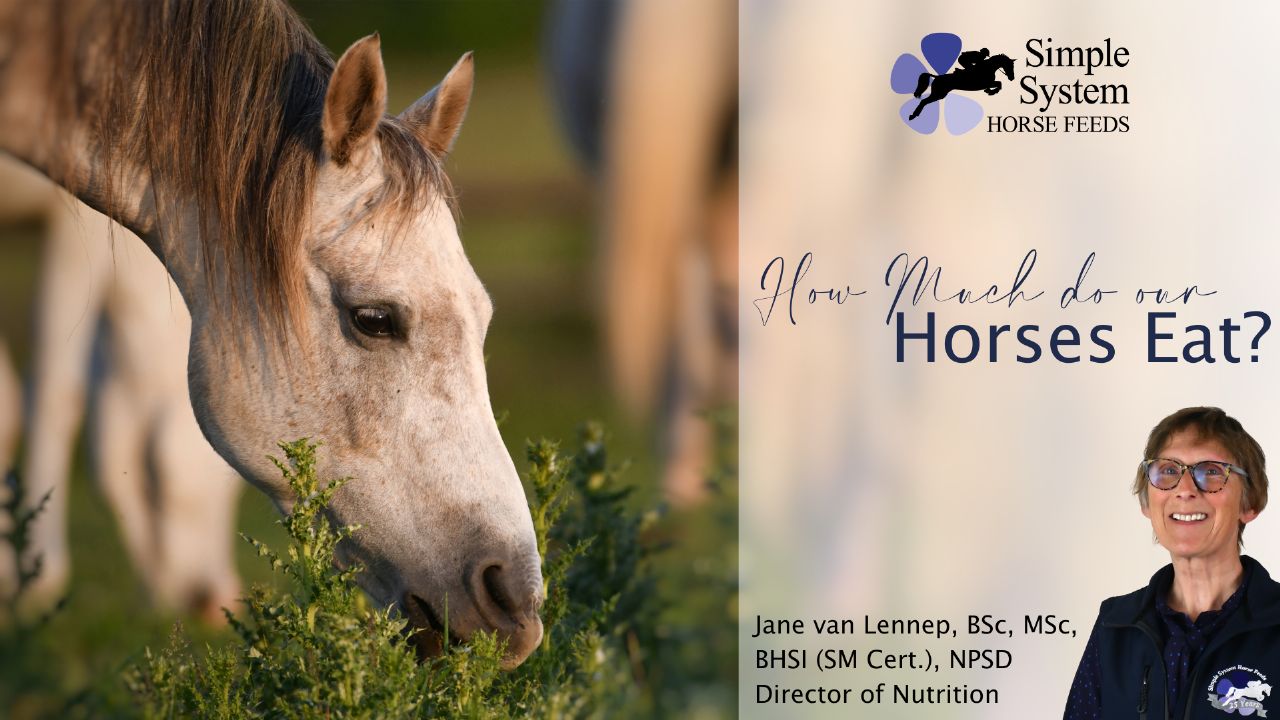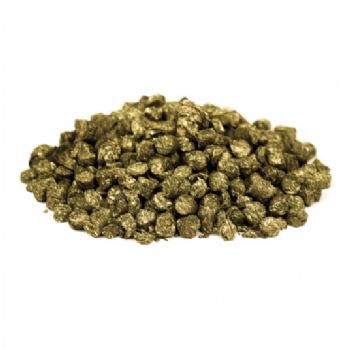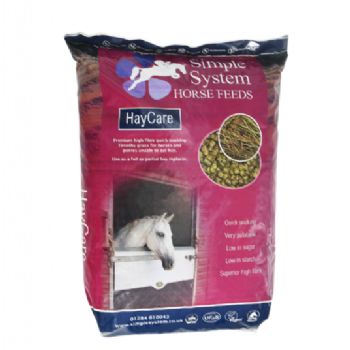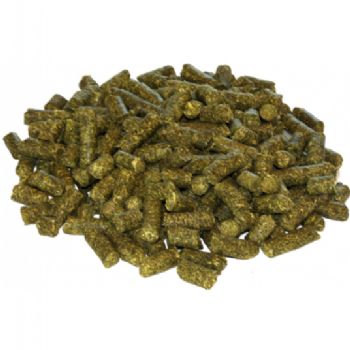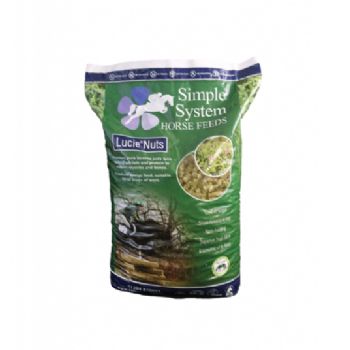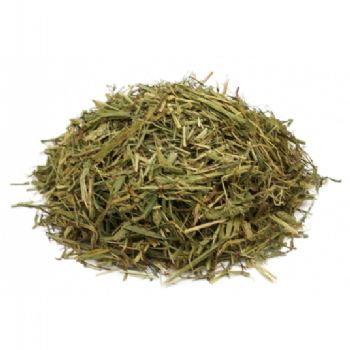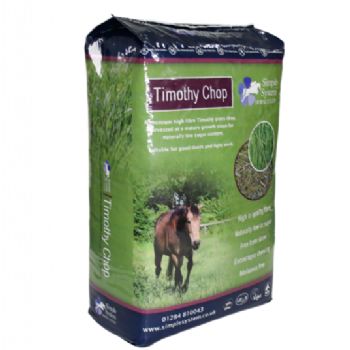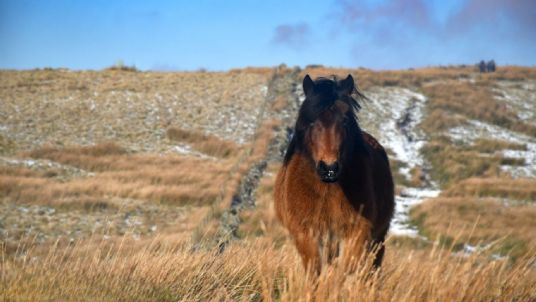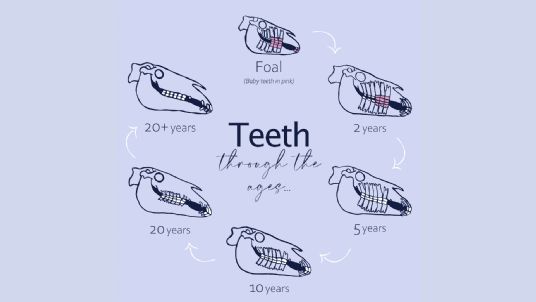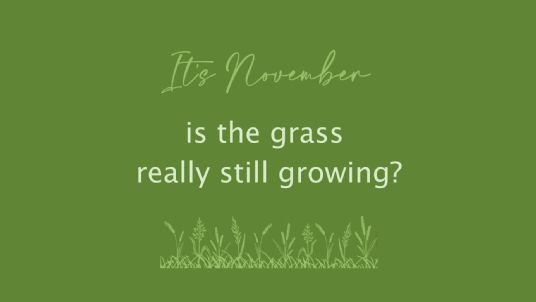How much do horses eat?
Well, we know they eat a lot! Ideally, they will eat for up to 16 hours a day, grazing on high fibre forage, walking slowly as they do so. This is fine if they have free range on the right sort of pasture but when it comes to us having to work out just how much is 'lots' it can be confusing.
What do horses eat?
Horses need plenty of fibre to keep their incredible guts working well. Fibre gives plants strength – it’s their skeleton. Not all fibre is the same. What our horses need is fibre from forage – edible green plants. Horses are not adapted to the fibre in cereal grains or straw for instance.
As horses evolved and became larger, a whole host of microorganisms evolved with them. They convert the right sort of fibre into fuel the horse can utilise. The wrong food can kill off good microbes and allow harmful ones to proliferate. So, basically, we are feeding a gut full of microbes and they in turn look after the horse.
Back to how much... A horse needs to eat 2.5% of its ideal body weight in dry matter of forage per day. This will keep the gut functioning well and the microbes happy. We go by ideal weight as this is a constant, as is the gut’s capacity that counts.
If your horse needs to lose weight it is generally accepted that they require 2% of their ideal body weight per day. Less than this could stress the horse and disrupt the microbes. For those needing to gain weight feeding 3% is a good idea. Greedy horses (or ponies) can manage as much as 5%, which is too much.
The table below offers a basic guide for forage and forage replacers, like our HayCare.
| Estimated Ideal Weight |
Type |
2% |
2.5% |
3% |
| 200kg |
Shetland Pony |
4kg |
5kg |
6kg |
| 400kg |
Arab / Welsh Section C |
8kg |
10kg |
12kg |
| 600kg |
WB / ISH |
12kg |
15kg |
18kg |
| 800kg |
ID / Draught X |
16kg |
20kg |
24kg |
| 1000kg |
Heavy Horse |
20kg |
25kg |
30kg |
Total amount of intake, expressed as dry matter.
The bigger the horse, the more it needs to eat - and the more expensive it is to feed... A mature horse in good condition, doing little or no work, will be maintained on high fibre forage with basic levels of protein (8-10%). As work and/or other demands increase, the total remains the same, but and an increasing proportion will be more nutritious forage, with higher feed value (calories) and more protein - such as our Lucie Nuts for example.
The guide below can be helpful for working out whether your horse is likely to need more calories based on their work level.
| Work Level |
High Fibre Forage |
High Feed Value Forage |
| Light or None |
90 - 100% |
0-10% |
| Medium |
70% |
30% |
| Hard |
50% |
50% |
| Intense |
0-10% |
90- 100% |
As well as work, poor or cold weather, growth, lactation, needing condition, breeding and so on, all add to the requirement for more nutritious feed.
Hay and grazing are ideal sources of high fibre forage. The horse's additional needs can be topped up in the feed bowl. The Simple System Feed Line can offer suggestions specifically tailored to your horse.
Article written by Jane Van Lennep BSc, MSc, BHSI (SM Cert), NPSD, Director of Nutrition at Simple System Horse Feeds.
Our Feed Line nutrition team can be contacted on 01728 604 008. You can also complete our online form to ask a question or request a free Feed Plan.
